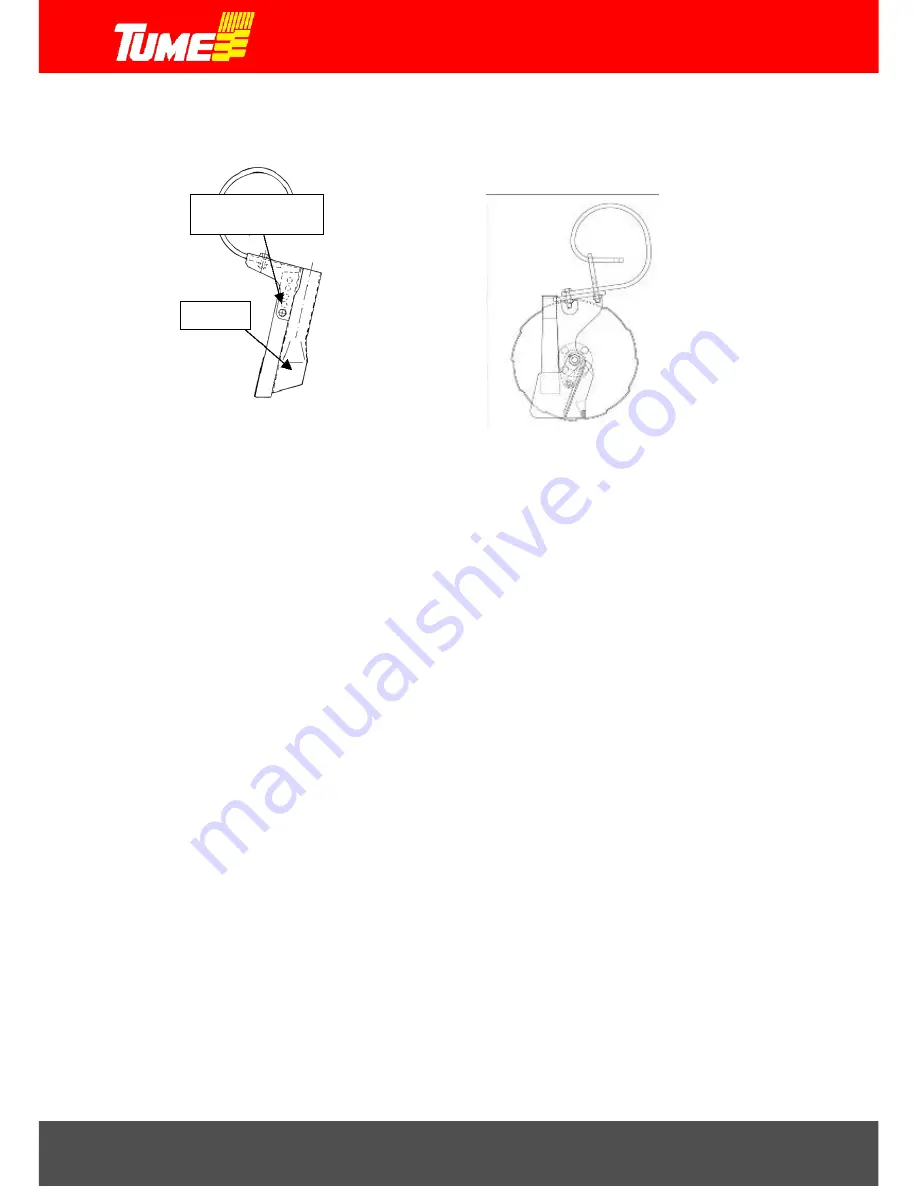
34
17. Fertilizer coulters
Figure 34. Fertilizer coulter.
Figure 35. Laser fertilizer coulter.
The fertilizer coulters supplied as standard are very narrow
and operate at an almost perpendicular
angle to the ground surface. For these reasons, the coulters do not noticeably bring moist clods of
earth to the surface. The blade of the fertilizer coulter can be dropped down in order to compensate
for wear, see Fig. 34. The blade has several mounting holes. As required, remove the hexagonal
screw and adjust the worn blade one hole downwards. Lock again with the hexagonal screw.
If the wing part “A” has worn thin, it must be changed. A weldable consumable part is available - as
for more information from your distributor or from the original manufacturer.
JC Laser coulters have single-disc fertilizer coulters, which have the advantage of not becoming
blocked, such as in light tillage conditions. One requirement for the trouble-free function of the laser-
fertilizer coulter is that the gap between the scraper and the disc is so small as possible. The disc
can touch lightly to the scraper while rotating.
18. Seed coulters
Seed coulters consist of a coulter tube and tip part. The major seed coulter types include drag coulters and
disc coulters. In addition to the above, the JC coulter range also includes a wing coulter. All of these coulter
types incorporate the same tube component. Changing the tip is a relatively fast task, which means that
the machine can be adjusted to a variety of different conditions as required by acquiring the required coulter
set.
Drag coulters can be used under most conditions. The most suitable applications are found in clay areas
where plowing is the form of basic tillage. Because of its flexibility, the coulter is not likely to become
blocked. Drag coulters are also available fitted with an aluminum oxide or ceramic tip, which increases tip
durability approximately ten-fold compared to a cast tip.
Disc plates are recommended for conditions where plant waste occurs in significant amounts. Disc
coulters are also suitable for general use (i.e. minimal tillage and cultivation without plow).
Wing coulters sow the seeds across an approx. 70 mm wide swath. Wing coulters usually provide a larger
crop than row sowing, especially on moist and irrigated grounds with favorable conditions. Wing coulters
are not suited to crusted ground types or conditions where there is plenty of plant waste in the tillage layer.
Compensation for
blade wear
Wing A





























